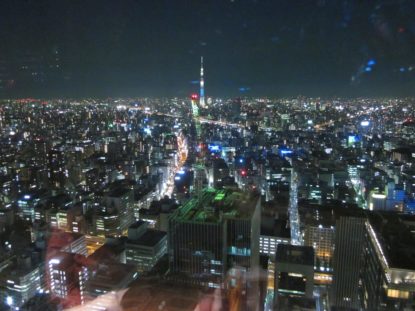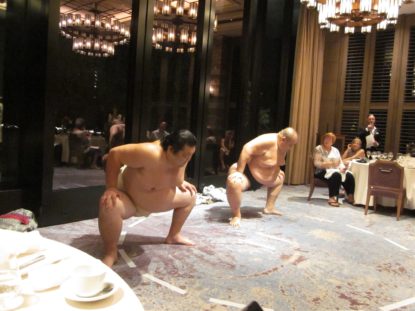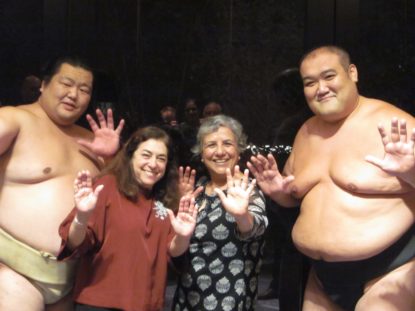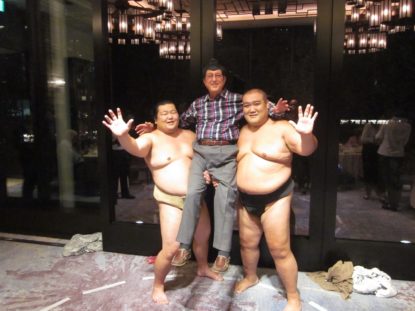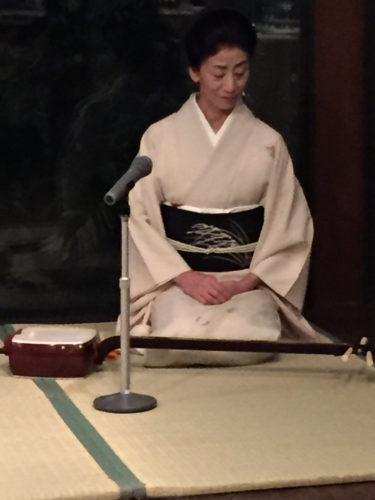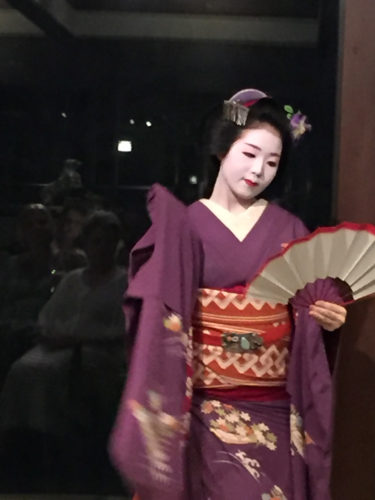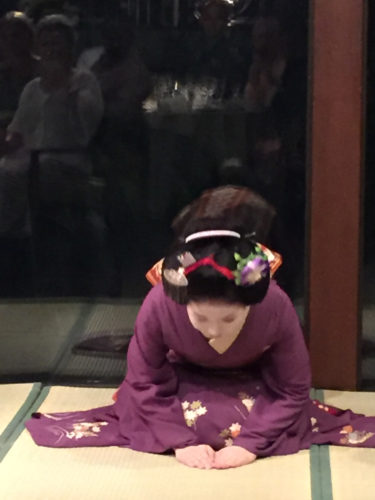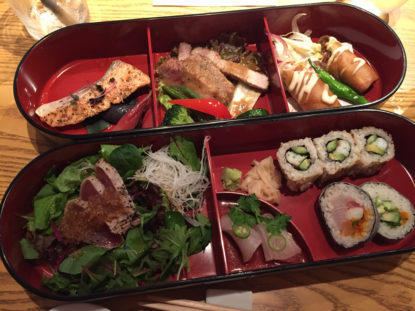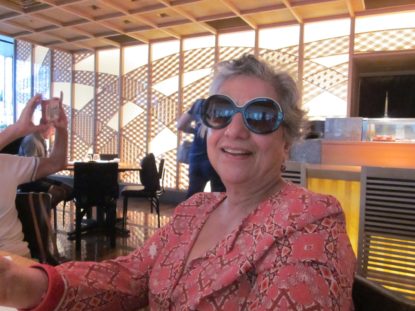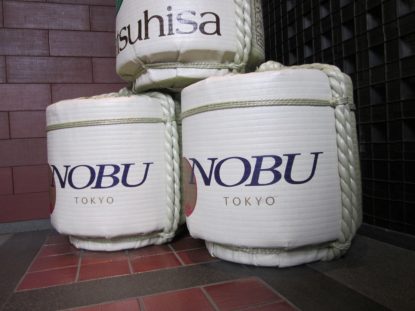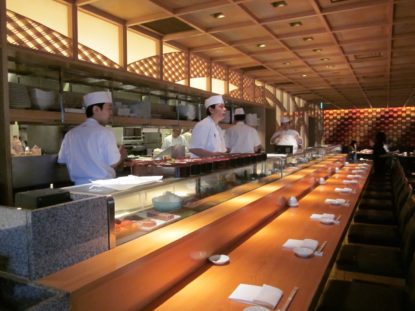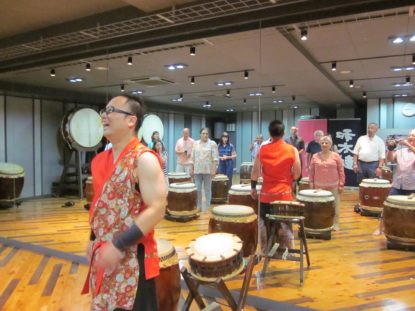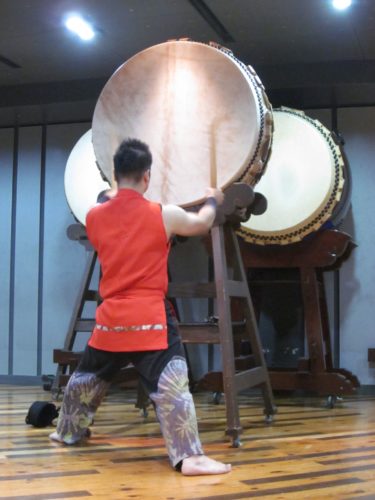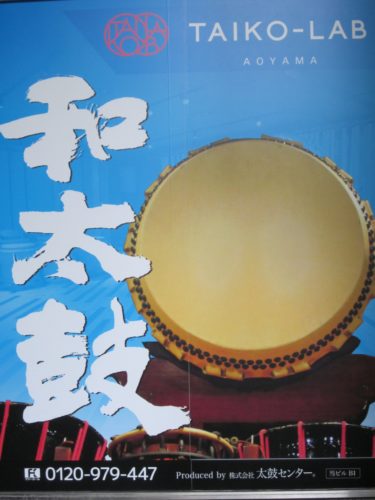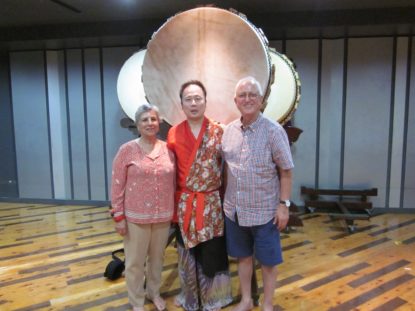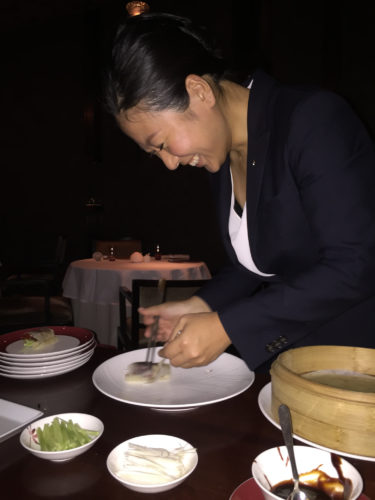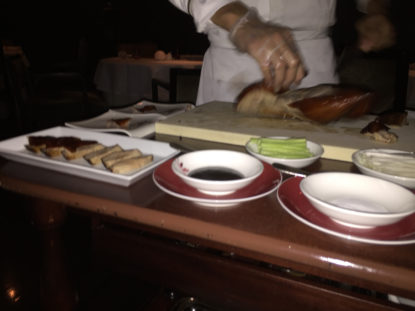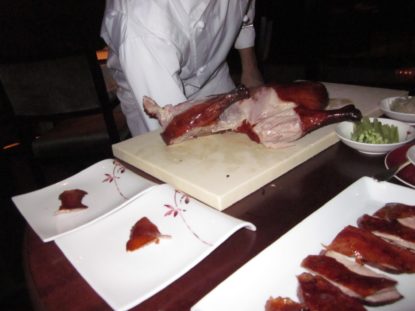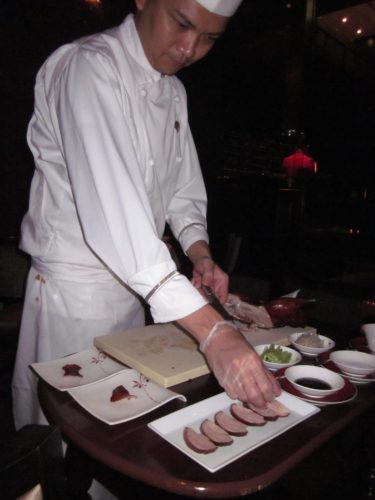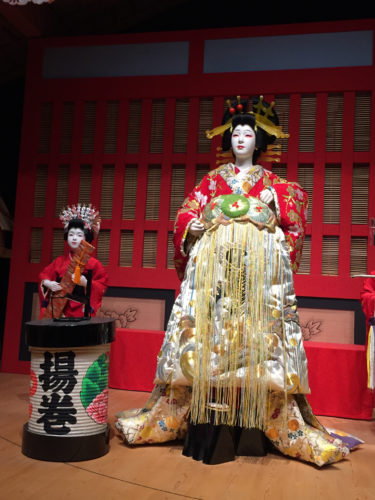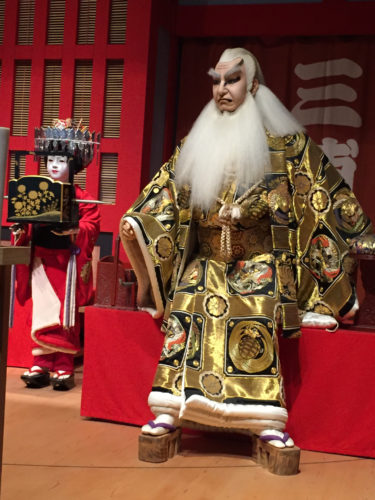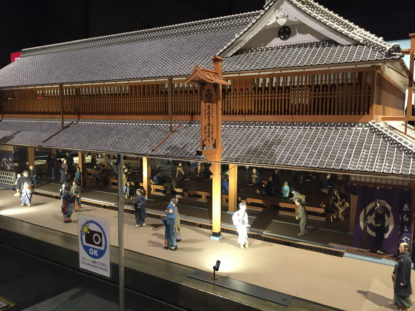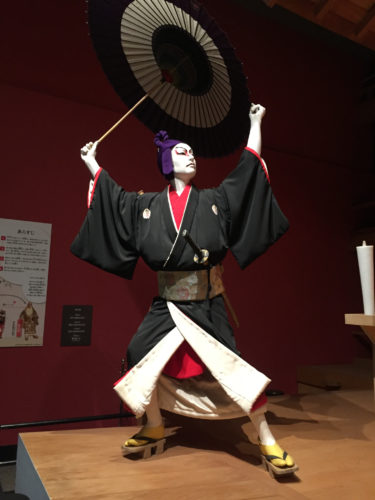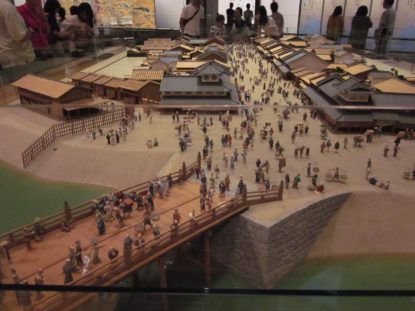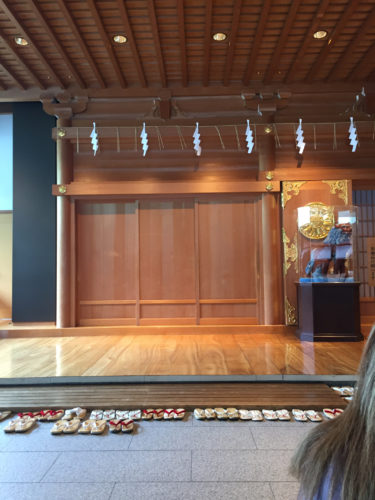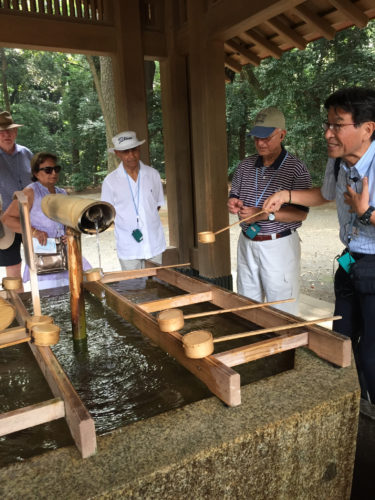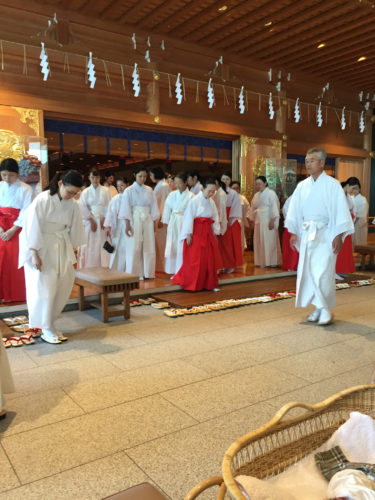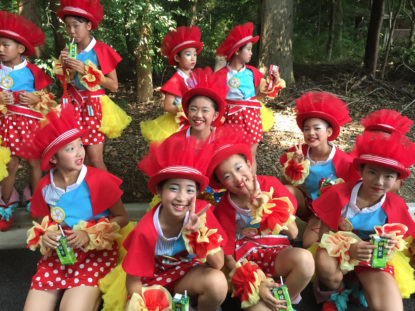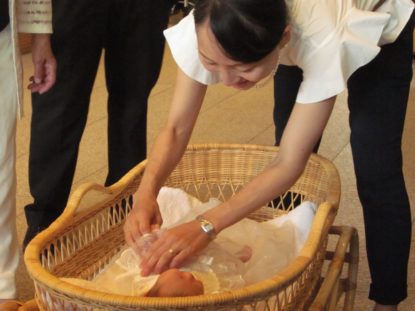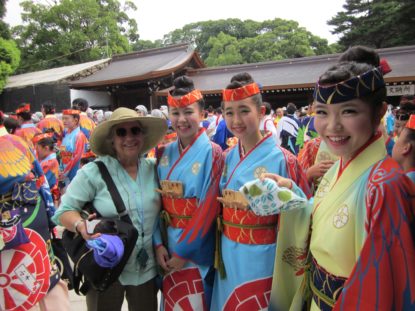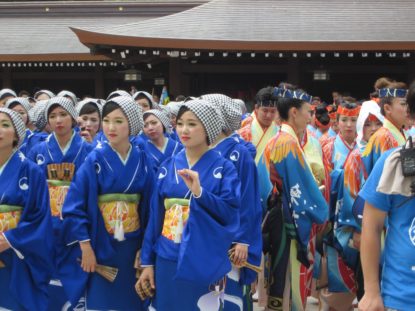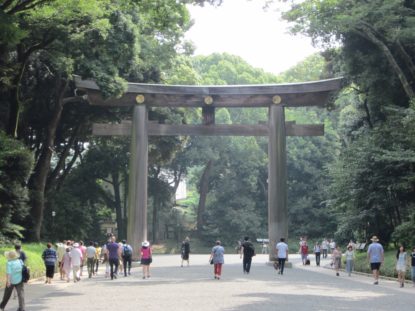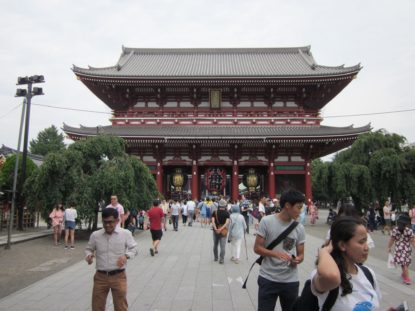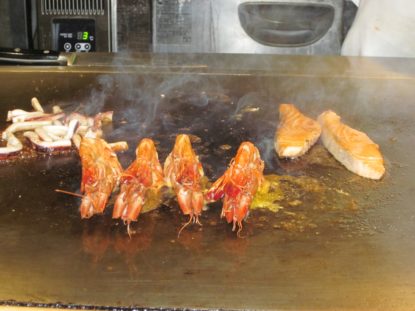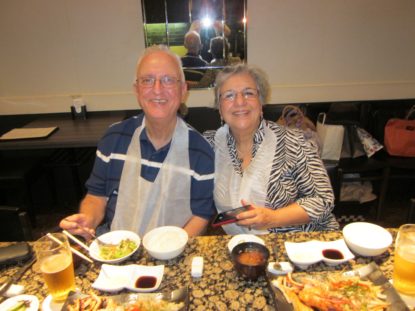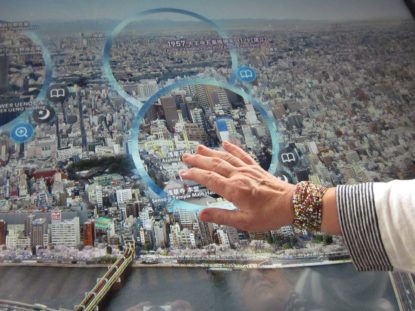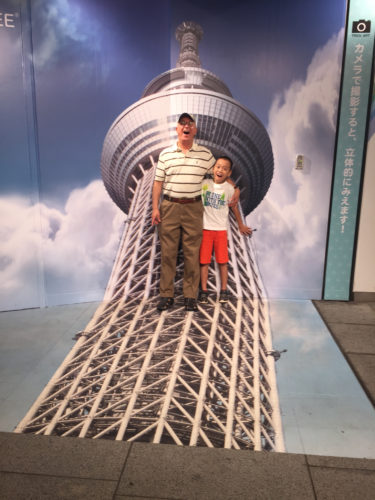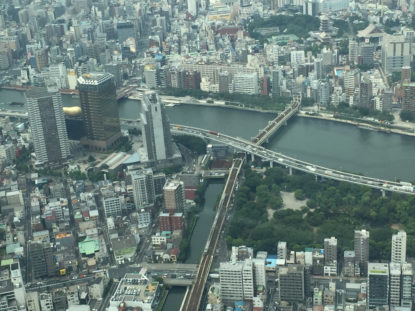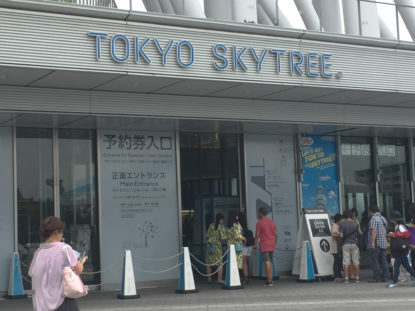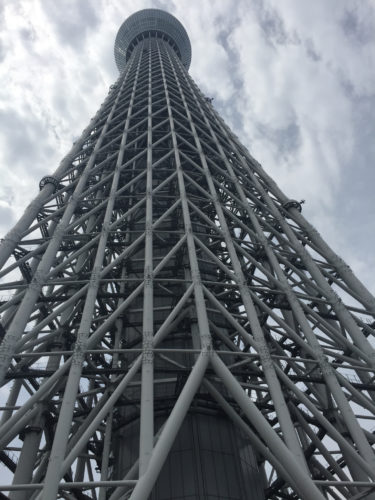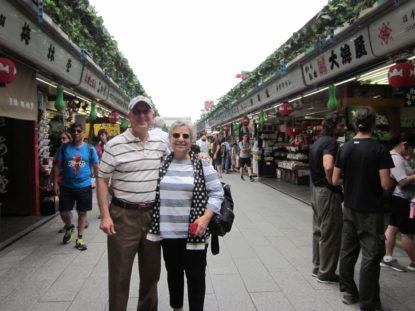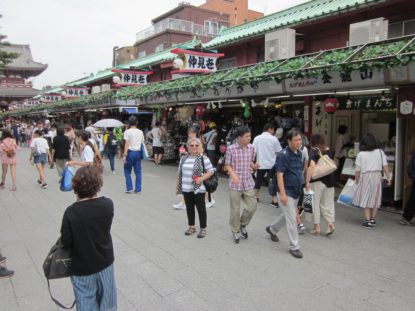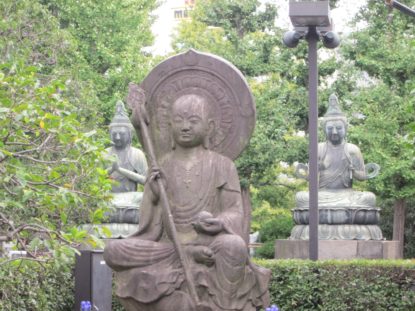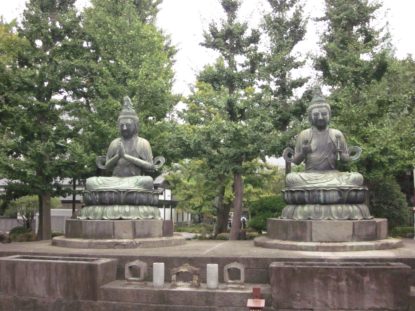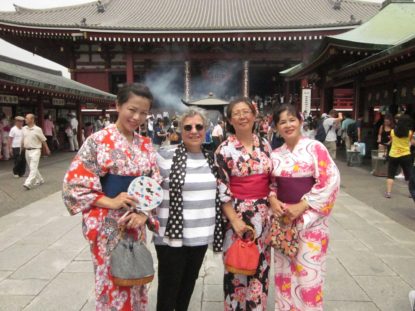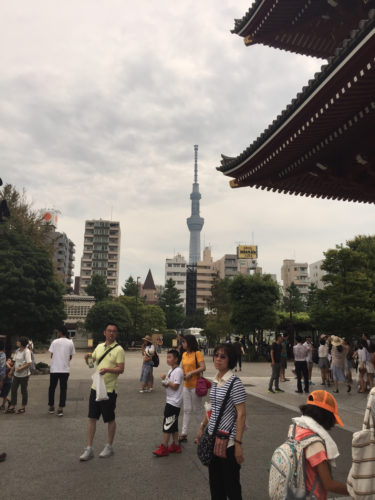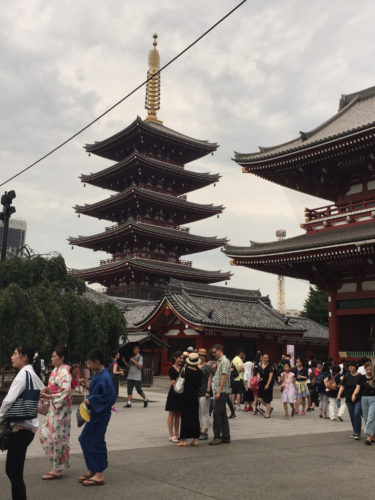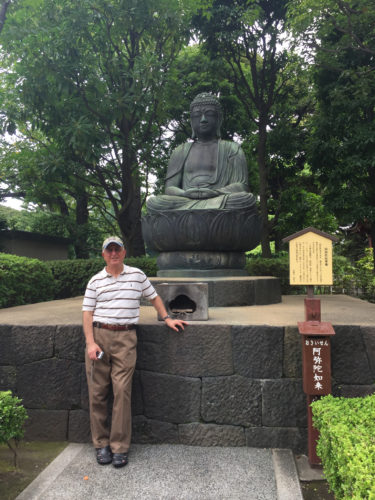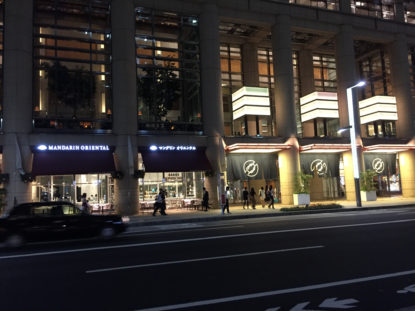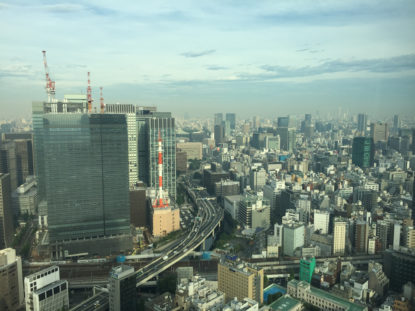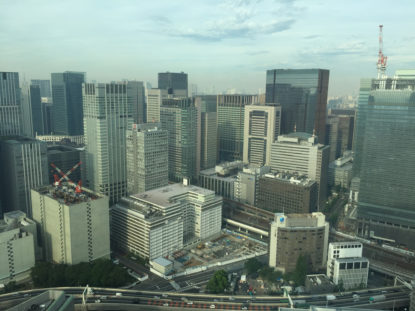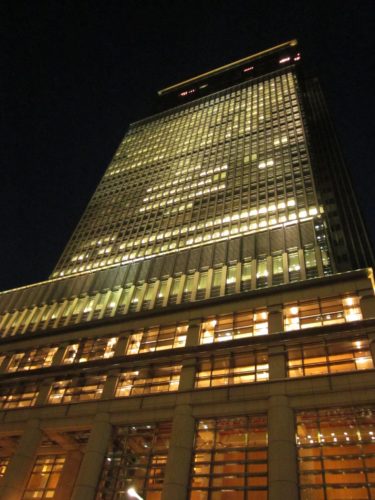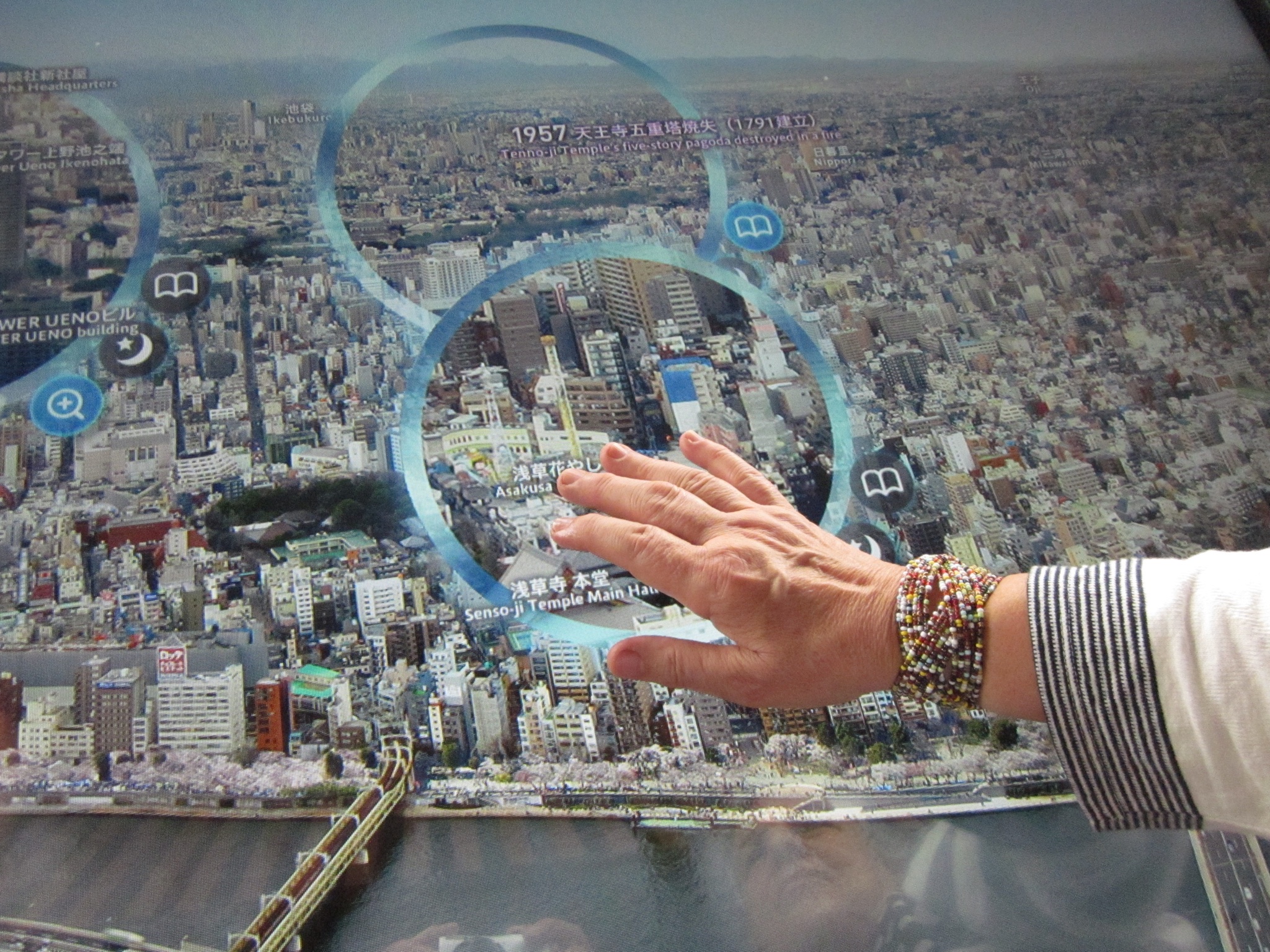
Tokyo, Japan
“Travel is not about collecting passport stamps but keeping your eyes open.” Pico Iyer
Tokyo, Japan
We had all these images about Tokyo. In reality, it turned out to be quite different and still the same. Our hotel, Mandarin Oriental, was in the heart of Tokyo. The view from our room was of a concrete jungle sprinkled with skyscrapers. It looked terribly crowded yet strangely quiet.
It was not one of the prettiest cities we had visited but has fabulous restaurants, unparalleled mass transit system, exquisite gardens, and it was impeccably clean. There were no trash bins on the roadside. People carried their trash with them to dispose it off at home or office. Two noteworthy features: first a sense of surprise when among the grey skyscrapers appeared stone lanterns, tori gate or similar traces of old Japan, and second, Japanese go out of their way to help visitors.
Sensonji Temple is the oldest religious site in Tokyo. Built in 628 A.D. it is dedicated to Asakusa Kannon, the Buddhist god of mercy and happiness. According to legend, two fishermen found the Asakusa statue while fishing on the Sumida River. A shop lined straight avenue from the main street to the temple displayed incense, plastic toys, bamboo umbrellas, bags, purses, roadside food, postcards and posters of Kimono clad women, peonies and lanterns. We strolled the market and crossed the first gate. The scent of incense and an exquisite view of the Sensonji pagoda and the main temple welcomed us.
Visible from the temple precinct was Sky Tree, the television broadcasting tower. With a height of 634 meters the structure is second tallest structure in the world and tallest in Japan. Its two observation decks, located at heights of 350 and 450 meters offered spectacular views of the city.
We visited Tokyo’s most famous and oldest Shinto Shrine dedicated to the 19th century emperor Meiji who transformed Japan from an isolationist feudal state to capitalist world power. Before entering the shrine, we were asked to wash our hands and rinse our mouth at an aesthetically pleasing water fountain. The bamboo cups with the long handle were provided. Newly married couples, young parents with their newborns, and colorfully dressed school girls had come for the deities’ blessings. The atmosphere was festive yet impeccably clean and serene.
Edo Tokyo Museum showcases the city’s history with large and small-scale models chronicling Tokyo’s architectural transformation as well as recreating Japanese life through the centuries. We walked through miniature Tokyo to view its humble origins. It was a great history lesson from the early Edo Period to the Meiji Restoration when Japan transitioned from traditional to a more modern society.
We enjoyed a relaxing dinner at the hotel’s Michelin Star Chinese restaurant. The main dish was Peking Duck in four courses.
Ginza is Tokyo’s most famous shopping, dining and entertainment district. Cost of a coffee cup? $10.00. Virtually every leading brand name in fashion, jewelry, cosmetics, technology, etc. has its presence on this street. We had a most pleasant stroll through the main square at the time of the day when Chuo Dori street is closed to the traffic.
During our two week trip, we were given many demonstrations and hands on practice in Ikebana, tea-ceremony and origami. Now it was time to hear and learn Taiko drumming. Our drum instructor was fabulous. In an hour’s time, he taught us a few basic beats and then showed us how to play together. Twenty-eight of us practiced drums for ten to fifteen minutes. The result was dramatic, a memorable experience. Japanese drums are influenced by Indian tabla and Chinese and Korean drums. Later, a delicious Bento Box lunch was served at Nobu of Tokyo. We have never had egg rolls as delicious as those.
One of our pre-dinner show was ‘An evening with a Geiko and Maiko’ There they were with perfectly combed hair their faces painted white and lips red. The graceful young maiko danced with slow and precise movements to the music of shamisen, a string instrument, played by an elderly geiko. Maiko also skillfully played several games with all who volunteered. Throughout the evening a half-smile played on her alluring face.
On our last day, we watched Japanese style wrestling called Sumo. Only men practice Sumo wrestling, Japan’s national sport. Originally it was meant for the entertainment of Shinto deities. The rules are simple: the wrestler who touches the ground with any part of his body, besides the soles of his feet or hands, loses and exits the ring. Bodies lock, twist, ripple, and drop. Each combat lasts just for a few intense seconds.
“No one realizes how beautiful it is to travel until you come home and rest on your old, familiar pillow.” Lin Yutang.
